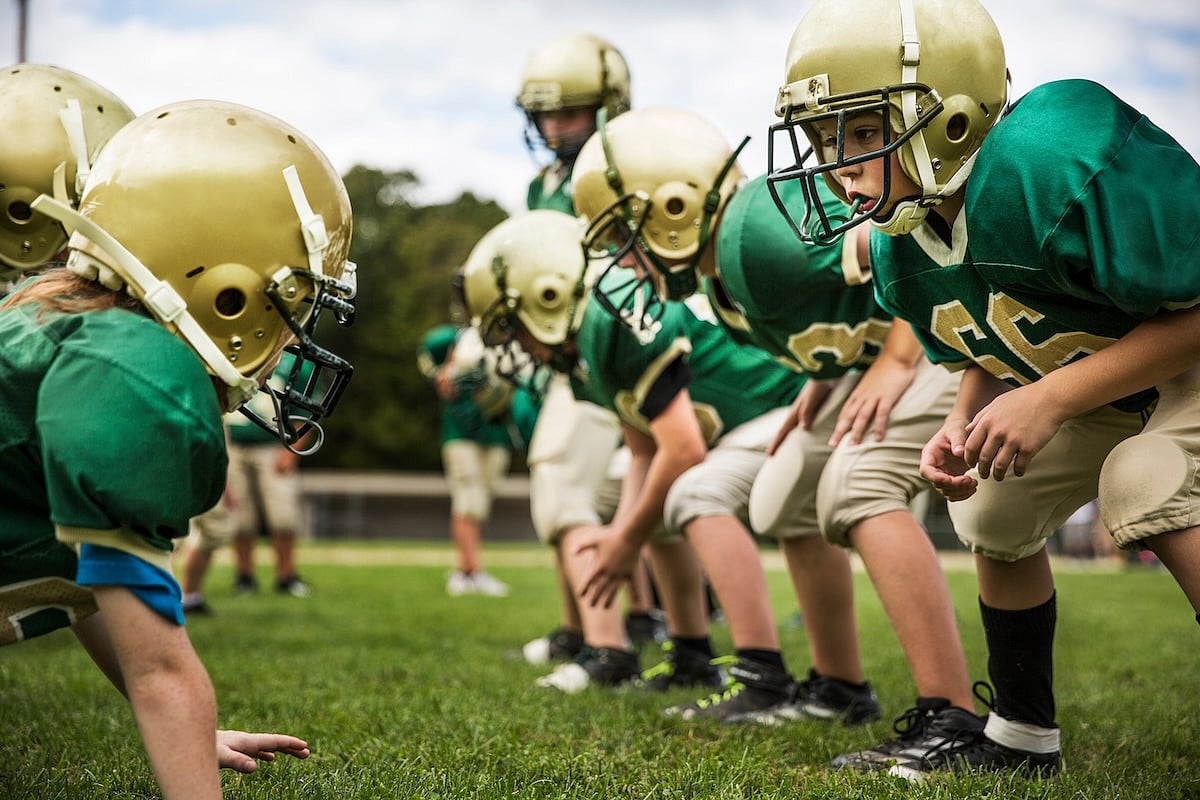Manténgase sano!

- Dennis Thompson
- Posted August 23, 2024
Kids' Organized Sports Are Increasingly for the Well-Off
Participation in youth sports is becoming a “haves” versus “have-nots” situation, a new study shows.
Income, education and social class are determining who can play in youth sports leagues, with the children of more privileged families more likely to hit the field or court, researchers reported recently in the journal Leisure/Loisir.
“Childhood social class matters when it comes to whether you have the opportunity to participate in organized sports, something which is a relatively recent development,” said lead researcher Chris Knoester, a professor of sociology at Ohio State University.
“We found that privileged families seem to be leveraging their advantages to strategically and intentionally invest in organized sports participation,” Knoester said in a Ohio State news release. “That can give their children big benefits.”
For the study, researchers analyzed data from a survey conducted in 2018 and 2019 at Ohio State in which nearly 4,000 American adults were asked about their sports participation as children.
There’s been a significant increase over the past 60 years in kids playing organized sports, results showed.
About 70% of American kids who turned 18 by 2015-16 said they took part in some sort of organized youth sports, up from slightly more than half of those born in the 1950s, researchers said.
However, children from privileged families are increasingly dominating organized sports, the study found.
There were essentially no class differences in who played organized sports among kids born in the 1950s, researchers found.
But many more kids born in the 1990s took part in youth sports if they had a college-educated parent.
There was a 24-percentage point difference in sports participation between children with and without a college-educated parent, researchers said.
Youth sports have become increasingly privatized as school budgets have tightened, leading to the growth of pricy club sports, said researcher Chris Bjork, a professor of education at Vassar College in New York.
“There has been a dramatic decrease in public support for extracurricular activities in schools that started in the ’80s, including sports,” Bjork explained. “One result has been the growth of club sports, which can be very expensive, and not all parents are in the position to afford that for their kids.”
The average family paid $883 for one child’s participation in their primary sport in 2022, researchers said in background notes.
Younger generations are also more likely to burn out and quit youth sports, researchers found.
For those born in the 1950s, just over 50% who started playing as children dropped out before they turned 18. But more than 70% of those born in the 1990s dropped out by that age, the survey showed.
It’s now much more common for children to play sports a while then drop out, than to keep playing or never play at all, researchers said.
Previous studies have shown many kids stop playing because they’re not having fun or they aren’t a good enough player, and this problem appears to be getting worse for more recent generations, researchers said.
“Underlying all of this is the dramatic shift from sports being seen as a way to have fun and make friends and learn life lessons to sports being a way to get ahead in life,” Bjork said.
However, researchers also noted a positive trend in the data -- more girls are participating in youth sports.
About 45% of girls took part in organized sports among those born in the 1950s, but by the 1990s about 70% of girls were competing -- a percentage on par with boys.
Researchers chalked this trend up to Title IX, the 1972 federal law that prohibited schools from sex-based discrimination, including in sports.
“It resulted in a dramatic increase in the number of girls taking part in sports,” Knoester said.
The recent Olympics in Paris showed the benefits to America.
Of the 126 medals brought home by the United States, women won 67 of them, Knoester noted. If U.S. women were their own nation, they would have placed third in the overall medal count, behind only the United States and China.
“Title IX and the increase in girls playing sports really set the stage for what we saw in Paris this summer, with the domination of U.S. women,” Knoester said.
More information
The President’s Council on Sports, Fitness & Nutrition has more on the benefits of youth sports.
SOURCE: Ohio State University, news release, Aug. 20, 2024







